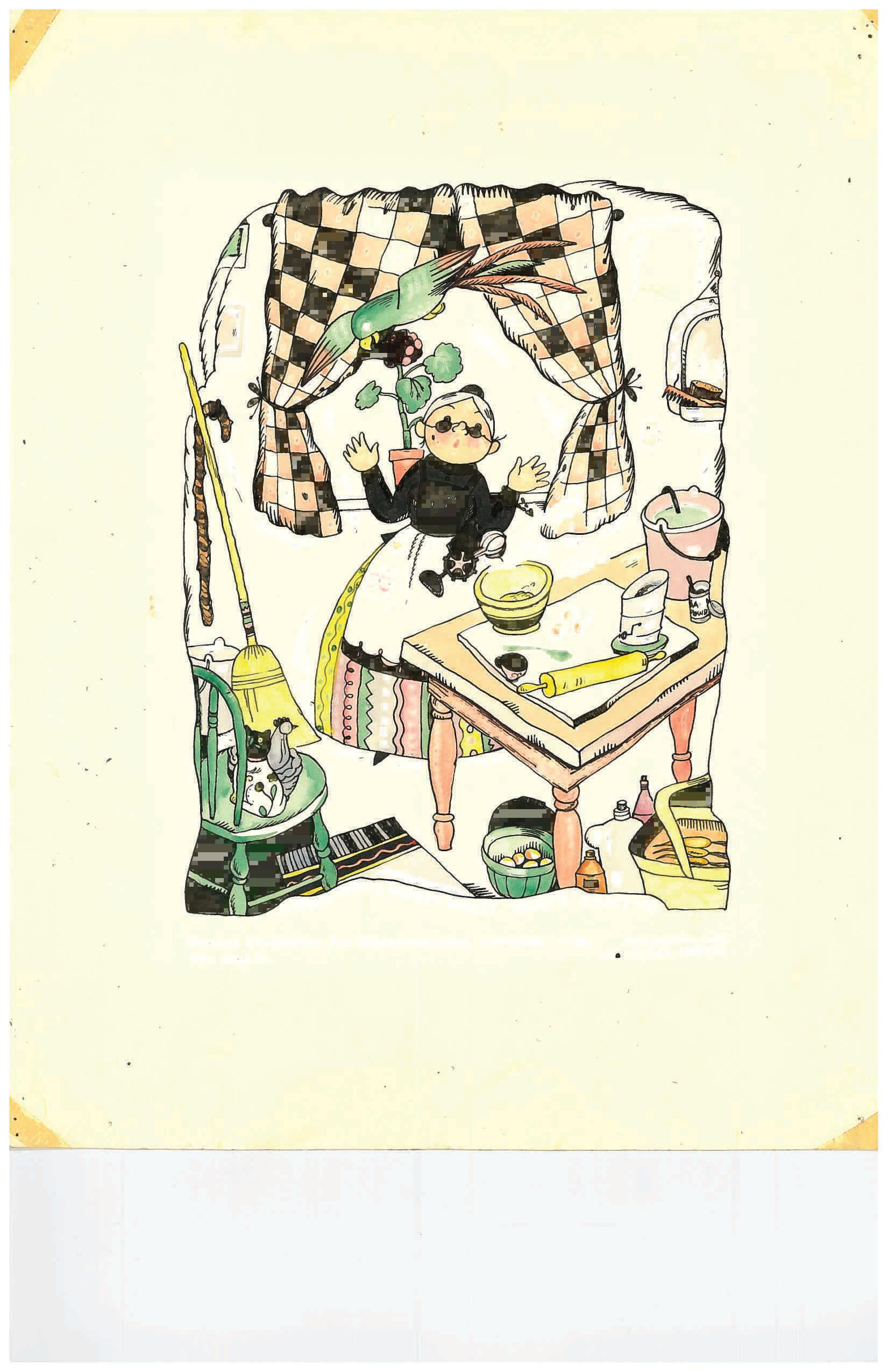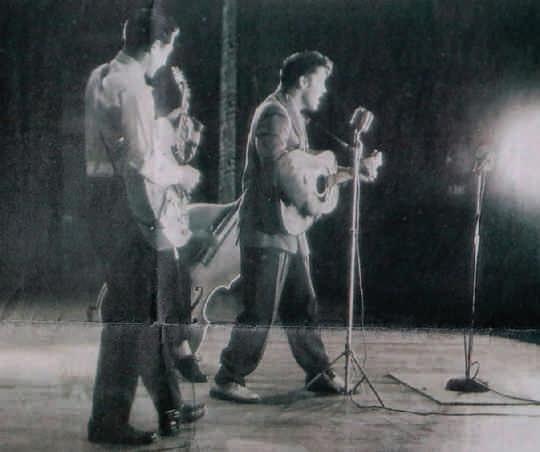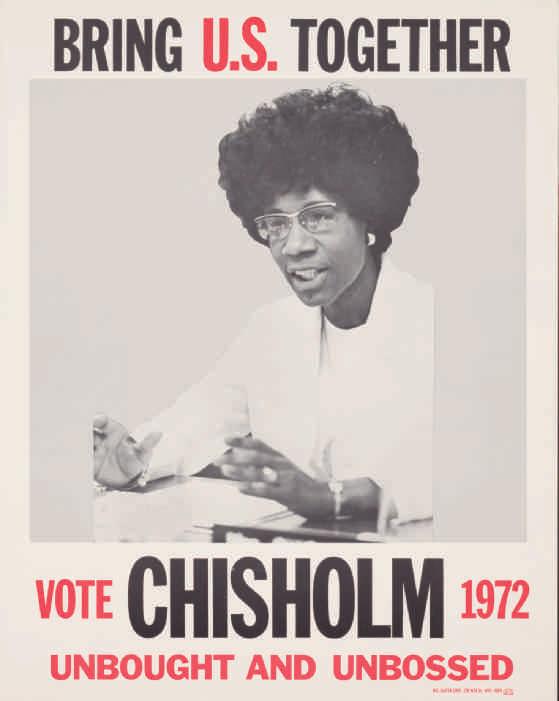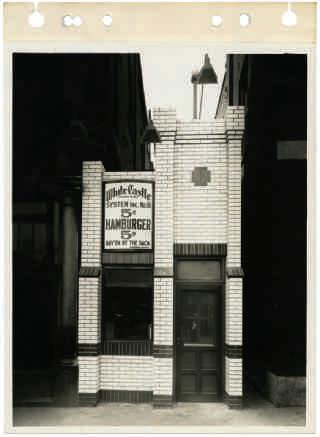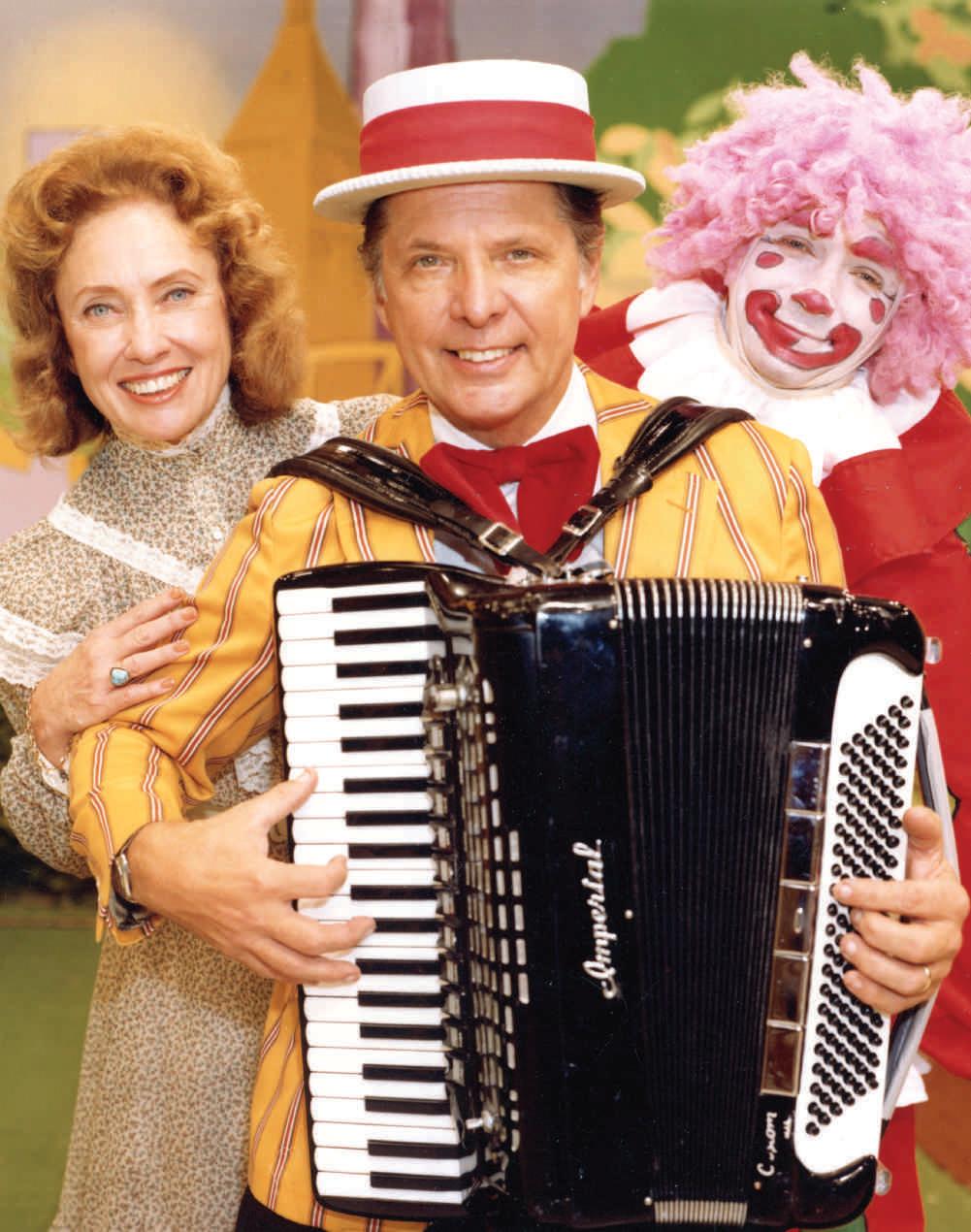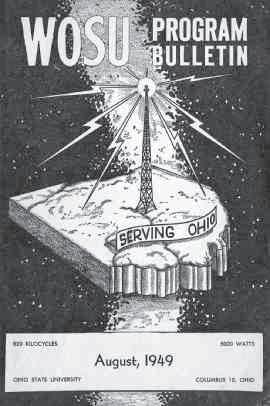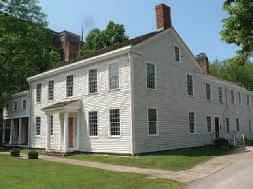
6 minute read
On the Air— Three Lives Shaped by TV
Apollo 11 moon launch, July 16, 1969
Wikimedia Commons | NASA
On the Air
THREE LIVES SHAPED BY TV BY BILL EICHENBERGER
In his 2014 book The Baby Boom: How It Got That Way And It Wasn’t My Fault And I’ll Never Do It Again, Toledo-born satirist
P.J. O’Rourke writes, “Most groups of people who get tagged by history as a ‘generation’ can be described in an easy, offhand way: folks sort of the same age experiencing sort of the same things in sort of the same place. Like the cast of Cheers or Seinfeld or Friends.”
He continues, “I’m almost sure—as a result of taking Modern Literature in college—that Ernest Hemingway, F. Scott and Zelda Fitzgerald, James Joyce, Gertrude Stein, Ford Madox Ford, Henry Miller, and Ezra Pound were roommates in a big apartment on the Left Bank in Paris in the 1920s. (If not, I give the sitcom idea free to the reader.)” When you speak to a baby boomer, you quickly realize how apt O’Rourke’s comparison to those famous sitcoms is, and what an integral role television has played in the last 75 years in shaping the perceptions of an entire generation. First came the boom: Ohio’s population in 1940 was 6,929,000. By 1950 that number had soared—thanks to the baby boom and migration from Appalachia—to 7,980,000. Remarkably, Ohio’s population increased in every year from 1946 through 1974. Then came television. Between 1949 and 1969, the number of households in the U.S. with at least one TV set rose from less than a million to 44 million. The number of commercial TV stations rose from 69 to 566 during that time, and ad revenue increased from $58 million to $1.5 billion. Angela Pace was an anchor at WBNS-10TV in Columbus from 1993 through 2006. She was born in Columbus on Jan. 1, 1952, which makes her an early boomer. She lived in Poindexter Village until she was 7.
“We moved around a lot after that,” Pace says. “We had a twobedroom townhouse at the corner of Ohio Avenue and Main Street and lived at the corner of Cole Street and Miller Avenue right before the freeway came through.” A BOUNTY OF WESTERNS
After homework was done, after the dishes were cleaned, Pace says “the family would gather around the TV. We were a three-generation
Top: Angela Pace and her mother, Carole Dulaney. Middle: Rob Braun Bottom: Robin Swoboda
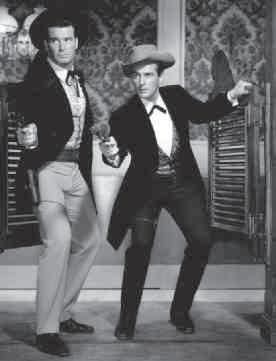
Wikimedia Commons | Warner Brothers Wikimedia Commons | CBS
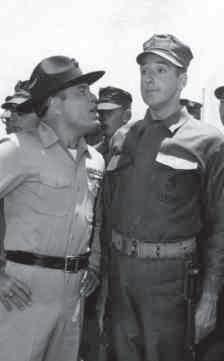
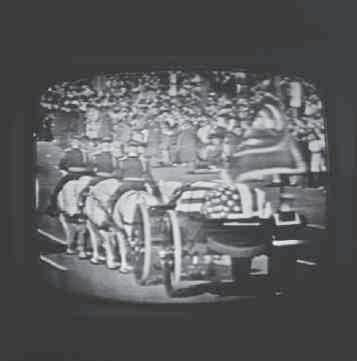
Left: Maverick Middle: Gomer Pyle, U.S.M.C. Right: JFK Funeral
household, me and my sisters, my mother and her sister and my grandmother. And it was the grownups in control of the television. “I remember my Great Aunt Ethel loved Westerns. Here’s this old Black woman from North Carolina and we would watch Sugarfoot (1957–1960), Cheyenne (1955–1961), Maverick (1957–1963) and Have Gun—Will Travel (1957–1963). We watched them all. And Bat Masterson, and I’m telling you Gene Barry, who played Masterson, was fine!” Pace says television brought her closer to her stepfather. “I bonded with him over the television cartoon show Top Cat and over the weekly football game. We had a Sunday ritual. My mother bought my stepfather a beer keg in a little cooler, and my job was to get him his beer. It was fun for me, a real rush.” But there was something missing in all these television programs that Pace grew up on and loved—anyone who looked like her or her mother, her grandmother, her sisters. “There were no Black people at all in these Westerns unless they were slave hands. You rarely saw a Black face.”
In 1989, Kent State University Press published historian George W. Knepper’s comprehensive history, Ohio and Its People. “The economic foundation established during World War II served Ohio well during the 1950s,” Knepper writes. “The state enjoyed a steadily rising demand for workers, which prompted increasing population, particularly in the industrialized areas of the state such as Cleveland, Columbus, Cincinnati and Toledo.”
SPENDING THE SUMMER WITH GOMER
The state’s prosperity allowed the families of baby boomers to purchase refrigerators, washers, dryers and, of course, televisions. While most boomers watched television with wide-eyed wonder, Rob Braun got to witness the magic of television firsthand, in the studio with his father Bob Braun, host from 1967 to 1984 of The Bob Braun Show on WLWT-TV in Cincinnati.
Rob followed in his father’s footsteps, working first for a station in Knoxville, Tennessee, before moving back to Cincinnati to take a reporting job at WKRC-TV in 1984. He was promoted to news anchor in 1987, a position that he held until he retired in June 2019.
“We had a wonderful childhood—but it was so different than anybody else. Because we got to do things like play on the set of Gomer Pyle in Los Angeles, because my father was making movies and we’d go out there and hang out. He was friends with Jim Nabors, and we would play on the set.
“And you can’t tell other people that, because that’s so ridiculously outrageous that they’ll either think you’re bragging or that it’s a lie. I made the
mistake of one year when I came back to school in fall, when the teacher said, ‘What did you do for your summer vacation? Write that paper.’ And I did. And I told the truth, and I was ridiculed because what I put in there was the truth, because that’ s really what we did.” Not surprisingly, television was ubiquitous in the Braun household.
Television was a touchstone in Braun’s life for all the significant events of his childhood. “We watched the moon landing at school in the late morning and early afternoon,” says Braun. “Years later I was introducing Neil Armstrong, who taught at the University of Cincinnati, at a banquet. I heard someone yelling my name and when I turned around, there was Neil, saying, ‘I watch you every night!’ I told him, ‘this is surreal. I watched you on the moon!’’’ OF TELEVISION AND MEMORY
Robin Swoboda was a fixture on Cleveland television and radio from 1986 through 2014. She continues to write a weekly column for the Akron Beacon Journal.
“I was born in 1958,” she says, “so I’m a middle or late boomer. I remember going to Jeff Bruner’s house down the street to watch Dark Shadows. We got to have M&M’s and Hawaiian Punch, and I thought they were very rich! “It’s funny the things you remember, eating Saltine crackers with peanut butter and watching JFK’s funeral, my mother bringing home albums from the radio station where she worked and the family listening to Herb Alpert & The Tijuana Brass and Johnny Mathis and Henry Mancini.” And the nightly news. “Walter Cronkite was from my hometown of St. Joseph, Missouri, so I felt a connection to him. I remember watching the Huntley-Brinkley Report, as well. I used to write Johnny Carson letters asking if I could be on his show only to find out years later that my mother never mailed them. That was my big chance!” LEARN MORE
TV Wonderland: The Enchantment of Early Television by Brad and Debra Schepp “looks at the unique history of the television through the lens of advertising—the campaigns, slogans, and sales pitches—revealing the cultural fabric of the time. The centerpiece of the home, the television united families as moms, dads, kids, and sometimes neighbors, too, gathered together to watch their favorite programs.“ Jack Kisseloff’s The Box: An Oral History of Television, 1920–1961 is “based on interviews with the technicians, producers and actors behind TV’s early programs.” Kisseloff “creates an entertaining history of the medium, from the inventor of the laugh machine to the quiz show scandals.”
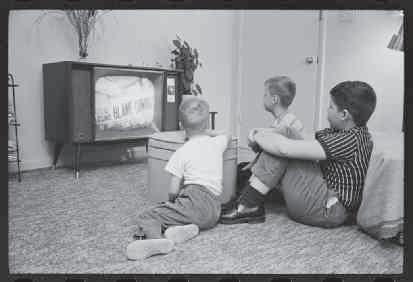
Kids watch TV, 1964
LEARN MORE

